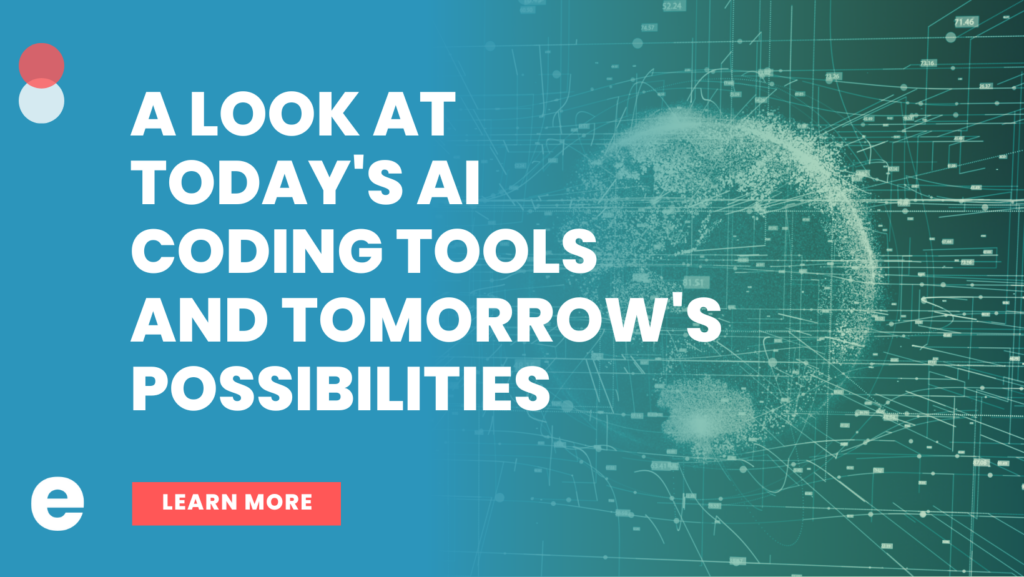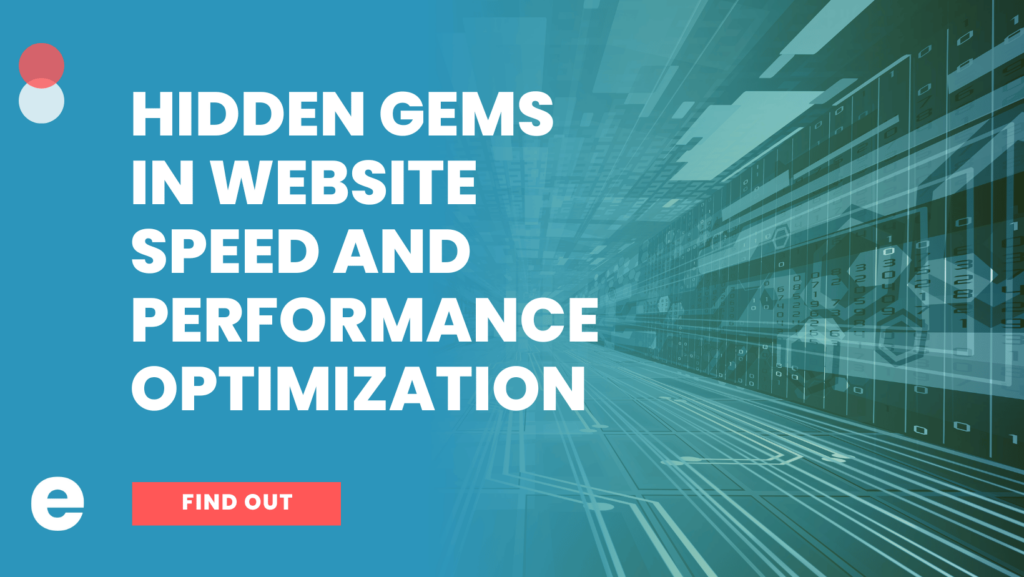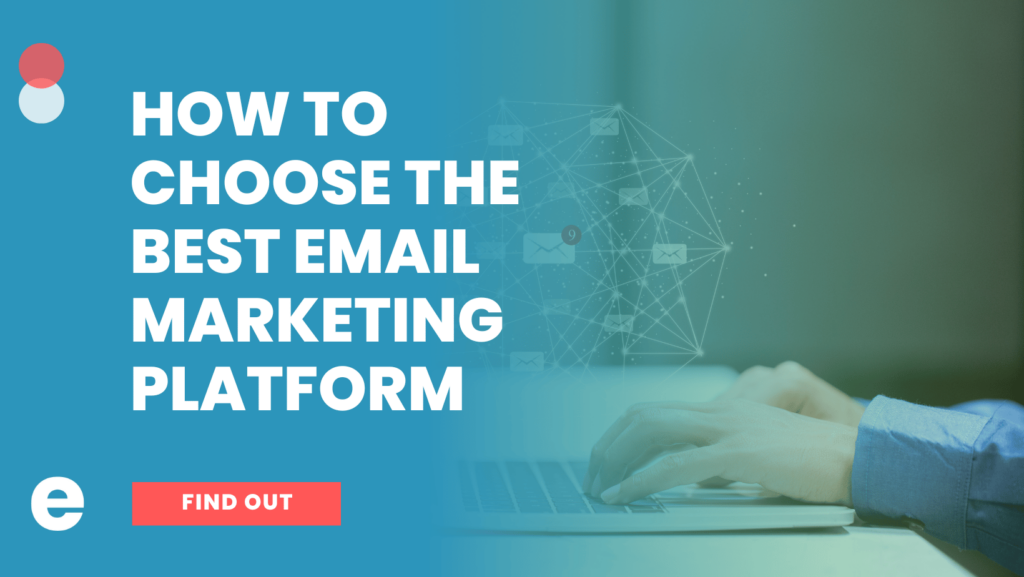Why Start with a Customer Journey Map?
Here is a great place to start as you build your 2020 Marketing Programs. A data-driven Customer Journey Map is critical to delivering truly unique and tailored customer experiences. Creating comprehensive, thoughtfully designed customer journey maps helps brands understand their customer’s shopping, buying, and engagement behaviors and the motivations that drive them.
It’s more important than ever for marketers to understand and respond to their customer’s journey at the 1:1 level. In fact, according to Forbesi, 37% of marketers are reporting increased sales since improving their audience understanding and personalization strategy. At the same time Merkleii reports that 44% of marketers have a “basic” level of target audience understanding and are not taking full advantage.
The most successful brands are regularly reporting incredible results by moving beyond a one-size-fits-all communication strategy to one that delivers the right message, at the right time, to the right customer. In short, a more personalized strategy.
This shows that most brands have significant room to grow in 2020. And that’s good because we know that whether you had a banner 2019 or were treading water–growing next year is mandatory.
Here is a great place to start as you build your 2020 Marketing Programs. A quality Customer Journey Map is critical to delivering truly unique and tailored customer experiences. Creating comprehensive, thoughtfully designed customer journey maps helps brands understand their customer’s shopping, buying, and engagement behaviors and the motivations that drive them.
The old way
Discovery, build, buy, and then cross your fingers and repeat. This is how marketing used to happen (and still does for some brands today). Separate, siloed teams researched and targeted against general persona assumptions of their buyers. Meanwhile, another team worked on creative, and another worked on the customer experience, in hopes that everything connected well together in the end – despite zero connectivity between the various disciplines, let alone departments. When the campaign went live, too much was left to chance, and the experience was often disjointed and not actually optimized.
What Changed Everything
Adding Personally Identifiable Information to the mix allowed us to crash the silos and processes of the old way. Of course, having an identified user doesn’t allow you to dismiss research, but rather, to put it to better use and augment it by developing real audiences using real customer data. When your plan is nourished with this data from the start, you can work from there to build a smarter plan. By employing this real data, you will be more informed in your planning process and know what media channels your customers use, thus, making the investment choice of the buying stage simple. Creative, copy, and experience are now also informed by this people-first approach. You’ve removed most of the guesswork and are now able to launch more compelling creative. With better data from the start, the data extracted from campaign performance is more reliable thus allows us to continually optimize and improve every campaign. You can learn what resonates with your target market and focus on what really speaks to those interests, building true, effective connections.

Where to start:
Customer Journey Maps come in all shapes and sizes, but the best ones will give you a complete 360 understanding of your customers and prospects. This understanding is key for any marketing strategy wanting to outperform last year’s numbers.
Let’s get started by looking at Enilon’s 5 steps to Creating Your Customer Journey Map to Spark Outbreak Growth in 2020. We hope you gain some insights and tips for your approach as well:
- Evaluate Your First-Person Customer Data
- Analyze database of customers
- Validate current customer segments
- Create customer segments that are most crucial for your business goals

In this example, we leveraged first-person data from Journey Builder and Salesforce to create distinct segments and craft campaigns that guide as many prospects as possible from Prospects to become Brand Loyalists.
- Prospects – No previous known interaction with the business
- Retargeting – Users that have visited the website and/or engaged with social media properties.
- Current customers (casual) – Customers that have purchased once or maybe twice but have no brand loyalty.
- Brand Loyalists – The core customers for their business.
The goal of using first-person data in this example was to help drive a more personalized customer experience based on key segments. By treating each of the audiences uniquely and serving personalized creative and offers, we were able better focus on what mattered most to each of them and drive a campaign that exceeded all expectations.
- Identify what motivates your customers
- Conduct interviews with real customers
- Develop an online survey to leverage quantitative research
- Understand customer engagement motivations across priority channels and groups
- Document all touchpoints for your customer
- Conduct discovery interviews with key stakeholders
- Identify customer pain points defined as an interaction that does not deliver on the brand promise and/or customer expectations
- Identify “triggers” defined as an interaction between a prospect/customer and the company, which inherently leaves a lasting positive or negative impression
- Assess creative assets
- Review existing persona profiles that may be used for marketing targeting and/or segmentation strategy
- Understand the priorities of customer segments and gather requirements for the future strategies

A all-hands-on-deck stakeholder meeting with one of our luxury clients led to this successful touchpoint map. We uncovered and documented critical distinctions between 2 main segments and began to connect at a 1:1 level – delivering a high-end digital customer experience across the best touchpoints.One powerful benefit of this collaborative process is that it helps gain alignment across leadership. Time and again our clients have seen this allows them to make quicker decisions moving forward, and often gets them unstuck in key strategic areas of the business that go far beyond the touchpoint map.
- Define the strategy and vision for the journey that addresses improvement areas
- Recommend new, data-driven and integrated marketing tactics across all lifecycle stages
- Outline channels and data needs
- Outline messaging priorities for each stage
- Identify technology and other enablement requirements
- Create new, enhanced program flow
- Tie-in to your data dashboard and key goals for real-time insights
- Provide a clear, leverageable visualization
- Create a visual view to bring this to life
- Make it easy to share as all partners need to be able to review and align

To get the most leverage out of the work you’ve done to this point, make sure to create a visual that can be shared easily across teams and technologies. Give it a prominent placement where the teams will see it regularly and keep your customers always top of mind. The very best versions of a journey map are actually dynamic and represent data as it changes, giving you continual insights and enabling you to quickly fine-tune messaging across all channels, speaking to your audience’s unique interests, situations, and pain points.
In Summary:
As you build your 2020 Marketing Plans, consider customer journey mapping as you assess the current state of your marketing efforts. What is the experience of those that are most likely to become leads? How does that experience differ from those who do not become leads? How does the decision-making process differ across segments?
Map these experiences and use them to identify gaps and opportunities to capture more of the market throughout the year and to get a jump on next year’s planning. It will help you establish a more direct, effective path to grow your numbers.
Customer Driven Digital Marketing is in our DNA. We love to take personalization to another level, delivering truly unique and tailored customer experiences in real-time. While it may be simple to understand, it is not so easy to achieve. But we understand it’s worth the effort. That’s why we say: Difficult? Done. Most marketers today aren’t taking the right steps to move toward this golden era of customer targeting and engagement. If you think like us let us know by reaching out below.
i“The path to personalization”
*https://www.forbes.com/sites/insights-treasuredata/2019/05/01/the-path-to-personalization/#4695917a7a76
ii“44% of Marketers Say They Have a “Basic” Level of Audience Management Maturity, New Study Finds”
*https://www.merkleinc.com/news-and-events/press-releases/2019/44-marketers-say-they-have-basic-level-audience-management



